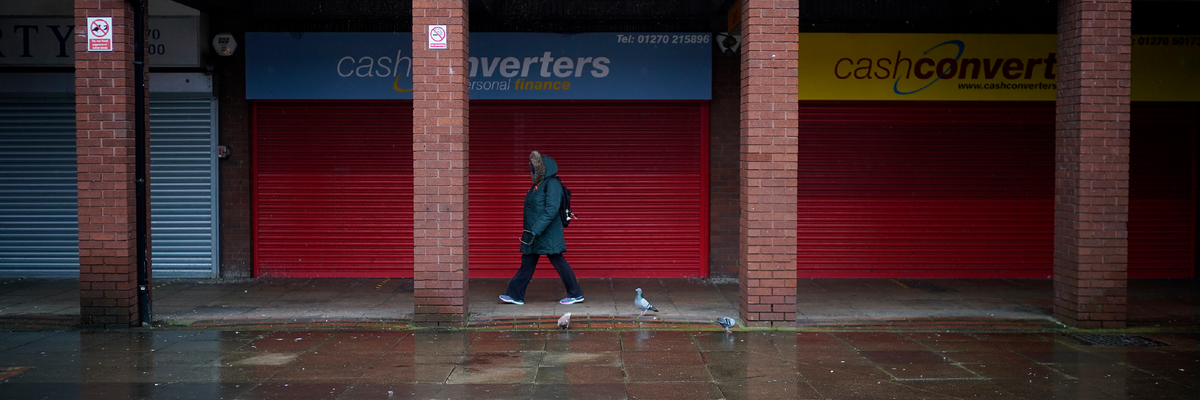Many furloughed workers struggle with diminishing savings and rising debts a year into the pandemic although a minority report their money and mental health improving
Much has happened since Chancellor Rishi Sunak announced that the government would pay the wages of millions of workers to avoid unemployment soaring during the pandemic. At the scheme’s peak in May last year, 30% of the workforce was furloughed, although figures for the current lockdown are yet to be released.
After nearly a year with the furlough scheme, new YouGov data shows that, while it likely spared millions of workers from redundancy, those on furlough face their own problems.
Most furloughed workers have seen their income decline, with three quarters (74%) earning less than they normally would. A fifth (21%) receive their normal salary, while 2% get paid more.
Among those who are being paid less, three in ten (28%) say they’re struggling financially as a result. The furlough scheme will remain in place until the end of September, suggesting that the Treasury expects businesses will not need all of their workers back immediately. This could pose a problem for 40% of furloughed workers earning less than normally who say they’re managing for now but may struggle if things continue as they are.
Only three in ten furloughed workers on reduced incomes (29%) are not struggling and won’t be even if they remained furloughed for some time to come.
Many furloughed workers relying on savings to weather COVID-19 pandemic
The research also shows that the coronavirus crisis has forced close to half of furloughed workers (47%) to tap into their savings. A fifth (22%) have also seen their debts rise, and two in five (41%) report higher household costs.
But some furloughed workers have been able to improve their finances. A quarter (22%) are saving more, while one in eight have reduced their debts (13%), and some 14% have seen a fall in household costs.
Despite many furloughed workers seeing a reduction in their income and some struggling as a result, most (70%) say the generosity of the scheme is about right. A quarter (25%) say it’s not generous enough, and 2% say it’s too generous.
Furloughed men are more likely than furloughed women to say the scheme is insufficient, at 31% vs 18%. Men tend to be the higher earners, which means they’re more likely to hit the £2,500 support ceiling.
Half of furloughed workers report their mental health declining
While two thirds of Britons (64%) said they would rather be paid 80% of their salary and not work at the start of the pandemic, about half of furloughed workers say it’s been detrimental to their mental health. This includes one in eight (12%) who say the impact has been “very negative”.
A quarter of furloughed workers say being furloughed has not had any impact on their state of mind, while a fifth (19%) say it has benefitted their mental health. This includes one in twenty (5%) who say it has been “very positive”.








